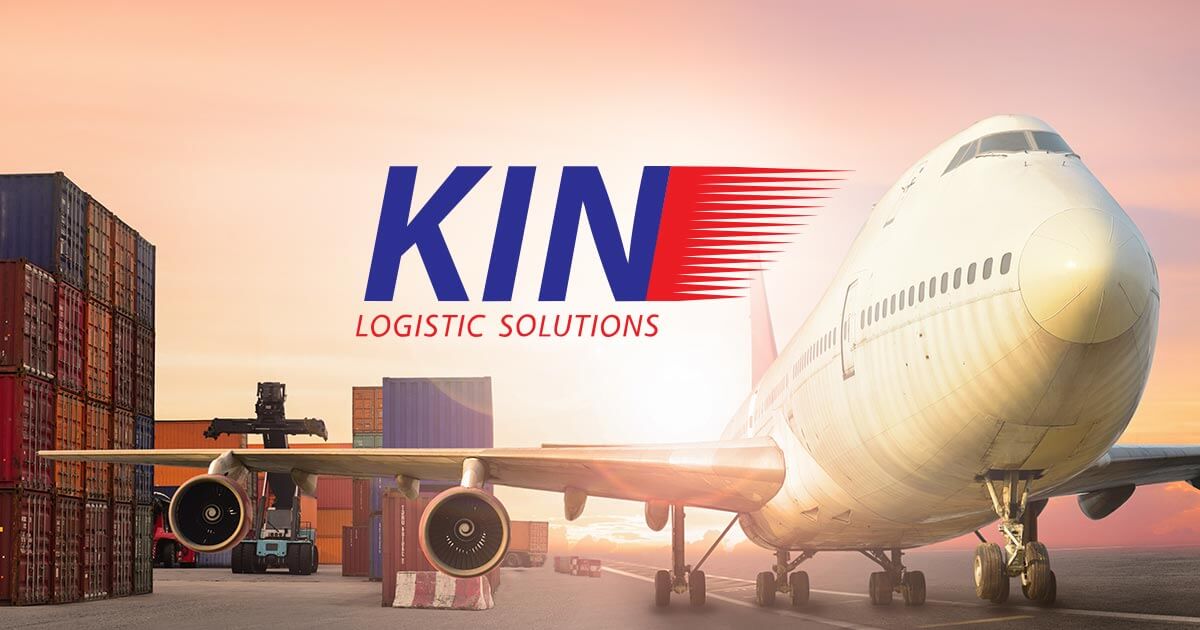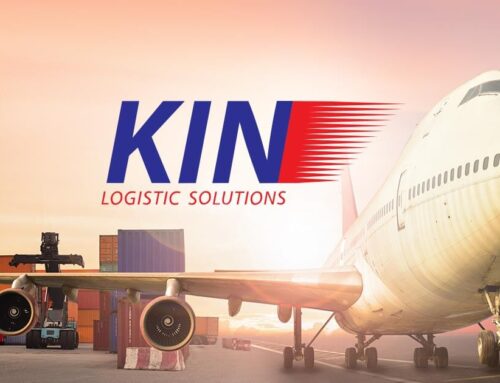Earlier in 2023 KIN Logistic Solutions hosted a series of webinars on the topic of offshore operational support for U.S. companies in the port & rail drayage industry. As the country’s number one provider of back-office services to drayage providers, KIN works with companies at every major port and rail yard in the country and as such, has a great perspective on what drayage firms really think about outsourcing their work to other countries.
We here at KIN have a unique vantage point when it comes to Business Process Outsourcing because we all come from the logistics industry and have used the services of BPO firms in our prior 3PL endeavors. That experience, coupled with our current activities as a direct provider of offshore operational and accounting services puts us in a great position to discuss the real-world plusses and minuses of labor outsourcing.
Based on the above experiences, this blog sheds some light on three consistent myths associated with Business Process Outsourcing for drayage providers. I’ll try to “keep it real” by acknowledging the potential pitfalls of labor outsourcing, all while dispelling some of the legitimate trepidation that dray companies feel when considering a shift to offshore employees.
Here we go…
Myth #1: Job Loss in the U.S.:
Let’s begin by saying that in general terms, the risk of losing U.S. jobs to offshore companies is real and can’t be ignored. With that said, our observation on drayage (and other logistics activities, too) is that strategic outsourcing has the net effect of creating more jobs.
First off, we never recommend that a client lay off mass groups of people and “send everything overseas”; that is a recipe for disaster. However, when some labor intensive and data rich jobs are outsourced, it allows employees in the U.S. to focus on mission critical activities like customer service, driver support and winning more business. By definition, this growth-oriented approach will soon require more highly skilled folks in the U.S., thus creating net job growth.
The other point to be made is that finding experienced folks in drayage is really hard. Whether it’s desk-level operations, dispatch or accounting, there is a national shortage of drayage professionals. Add to that employees that retire, leave the industry or move on to competitors (right after you train them, BTW), and it is next to impossible to fill open spots So, that begets a simple question…How does outsourcing take jobs when companies can’t fill them to begin with?
Myth #2: Customer Service Levels Will Plummet.
If the strategic decision to outsource is poorly implemented, customer service levels will drop. All too often, companies are attracted by the Swan Song of cost savings, but don’t dedicate the resources, time and/or training to properly launch an outsourced model. We’ve seen that movie, too, and KIN takes a much more disciplined approach to supporting U.S. customer-facing activities.
In the end, customer service is founded upon the “grind” work getting done. Day in and day out, the work orders, appointments, dispatch, driver pay and billing must be executed, otherwise there’s not much to talk about when it comes to customer service. With the mission of supporting U.S.-based teams, KIN goes to great lengths to create client-specific SOPs, training schedules and corresponding KPIs to make sure that everyone understands the rules of engagement. When that happens, customer service levels rise.
Myth #3: Internal Communications Will Suffer
The last myth we’ll discuss is that internal communications suffers when jobs are outsourced. Before the Pandemic, the assumption was that team members had to work in the same place. Not an unreasonable belief, we all know that COVID forced companies to let people work from home. Ironically, the Great Shutdown proved that when an organization is properly structured, roles are clear and everyone is supported by technology, internal communications can improve.
A key driver of customer service, internal communications for KIN starts with everyone viewing each other as members of the same team. Treating an offshore crew as anything other than that will lead to sub-optimized performance. Once a team mindset is established, KIN combines clearly defined lines of communication with technology to make sure that distance is a non-factor. By using Teams, Zoom, WhatsApp, Cacao, WeChat, Google Translate, email and phones, we might as well be in the next room when it comes to communicating!
Over time, myths are born for a reason, and that’s because they often contain elements of truth. While we acknowledge that there are risks associated with outsourcing drayage-related work, when the proper planning, execution, measurement tools and continuous improvement mechanisms are in place, there is a much greater probability of success. At KIN, we leave very little to chance, so give us a call to see how we turn myths into legendary experiences!


